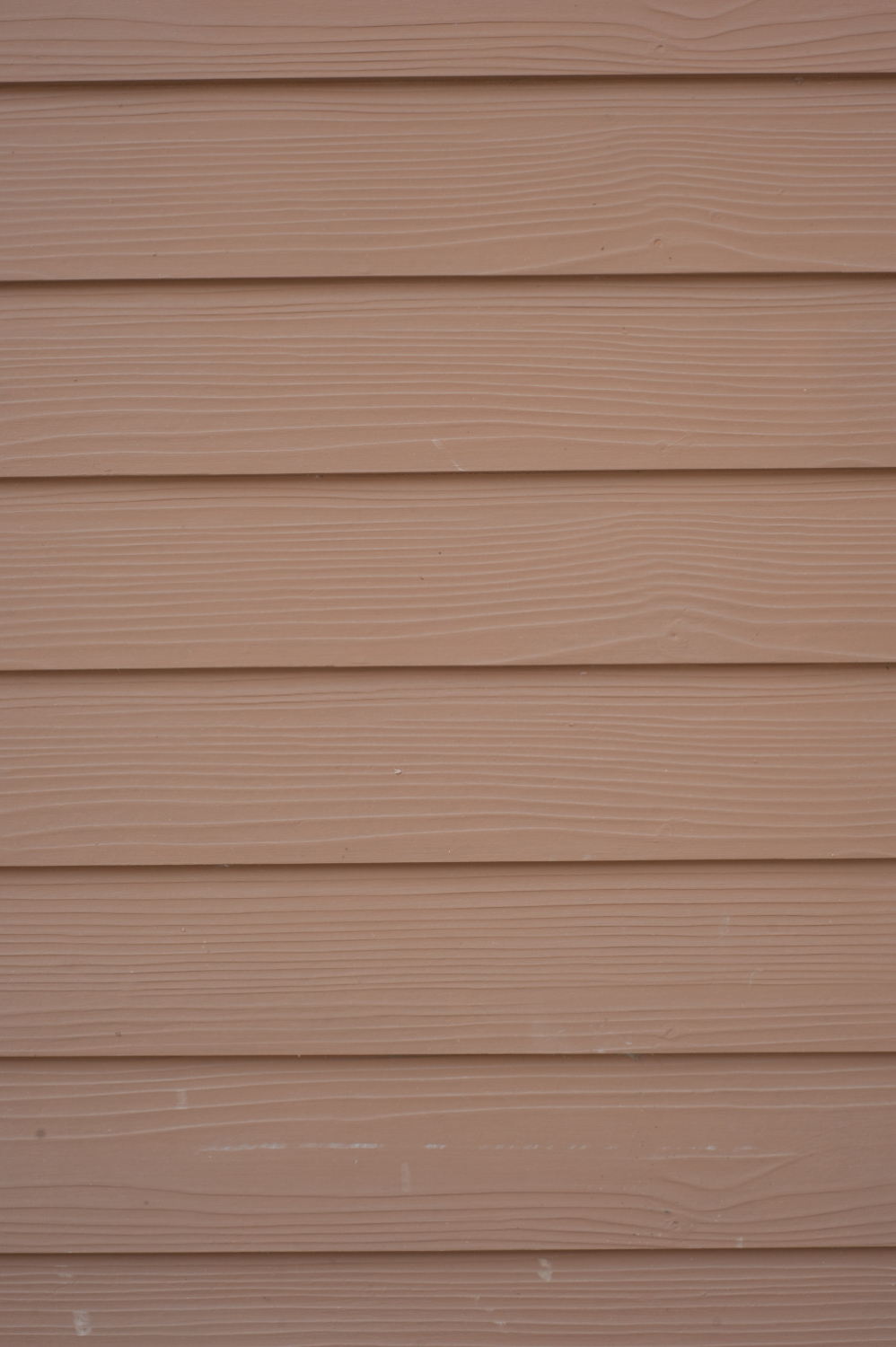
Wall cladding is a popular architectural choice for improving the exterior and interior walls of buildings. Not only does it provide elegance appeal, but it also significantly improves energy efficiency and insulation.
Explores the benefits of wall cladding, focusing on its design, types, and how it contributes to energy savings and better insulation.
Wall cladding involves covering the exterior or interior walls of a building with another material to provide a protective and decorative layer.
This outer layer shields the walls from adverse weather conditions, magnifies their appearance, and can contribute to energy efficiency by improving insulation. Cladding comes in various materials, each offering unique benefits and elegance qualities.
Metal Cladding: Metal cladding, such as aluminum or steel, offers durability and a sleek, modern appearance. It is often used in commercial and industrial buildings but can also be adapted for residential use. Metal cladding is highly resistant to weather conditions and provides excellent protection and insulation.
Stone Cladding: Stone cladding gives buildings a natural and strong look. It is highly durable and resistant to the elements, making it suitable for exterior applications.
Stone cladding can be used to create a variety of styles, from rustic to modern, and provides excellent insulation properties.
Composite Cladding: Composite cladding combines two or more materials, such as wood fibers and plastic, to create a durable and elegant product.
Composite cladding offers the appearance of natural wood with increased durability and low maintenance requirements.
Using cladding of wall can have positive environmental impacts, particularly when choosing sustainable materials:
Reduced Energy Consumption: Improved insulation reduces the need for heating and cooling, lowering energy consumption and greenhouse gas release.
Sustainable Materials: Choosing eco-friendly materials, such as sustainably sourced wood or recycled composites, can reduce the environmental footprint of the cladding.
Longevity: Durable cladding materials extend the lifespan of the building, reducing the need for frequent repairs and replacements, which conserves resources.
The design of wall cladding plays a crucial role in controlling its effectiveness and elegance appeal. Different designs and materials can be used to achieve various architectural styles, from modern to traditional. Patterns and textures can add depth and character to a building's exterior, creating a unique visual effect.
The choice of material also influences durability and maintenance needs. For example, using natural materials like stone or wood can lend a timeless charm, while metal or composite options offer a sleek, modern look. Additionally, considering the color and finish can greatly impact the overall appearance, helping to blend or contrast with the surrounding environment.
Proper installation techniques are essential to ensure longevity and performance, protecting the structure from weather and environmental factors. Furthermore, the use of sustainable materials can contribute to environmental conservation efforts, aligning with eco-friendly building practices.
PVC Wall Cladding
PVC wall cladding is a flexible and cost-effective option for both interior and exterior applications. It is available in a wide range of colors and styles, making it easy to match any design preference.
This material is highly durable and resistant to weather, moisture, and insects, which makes it a low-maintenance choice. Installation is straightforward, often requiring minimal tools and expertise.
Additionally, PVC is lightweight, which reduces the load on the building structure. Its insulating properties can also contribute to improved energy efficiency, making it a practical and efficient solution for many building projects.
Insulation Properties: PVC cladding can improve thermal insulation, helping to maintain a comfortable indoor temperature and reduce energy costs.
Variety of Designs: PVC cladding comes in various colors and patterns, allowing for customization to match the building's design.
Wood wall cladding adds a natural, warm elegance to buildings and is a popular choice for both traditional and modern designs. It offers creativity in terms of finishes and treatments, allowing for customization to match various styles.
Additionally, wood provides excellent insulation properties, helping to improve energy efficiency. Regular maintenance, such as sealing and staining, can extend its lifespan and preserve its appearance.
The natural grain and texture of wood create a unique and inviting look that magnify the overall appeal of any structure.
Wall cladding panels are pre-fabricated sections of cladding material that are easy to install and offer consistent quality and finish. These panels can be made from various materials, including metal, PVC, wood, and composite materials.
Ease of Installation: Panels are designed for quick and easy installation, reducing labor costs and time.
Uniform Appearance: Prefabricated panels ensure a consistent look and finish across the entire surface.
Durability: Cladding panels are often engineered for strength and durability, providing long-lasting protection and elegance appeal.
Variety of Styles: Panels come in a wide range of designs, textures, and colors, allowing for customization to suit any architectural style.
The primary benefits of wall cladding in terms of energy efficiency and insulation include:
Thermal Insulation: Cladding adds an extra layer of insulation, reducing heat loss in winter and keeping interiors cooler in summer. This helps to lower energy consumption and utility bills.
Moisture Control: Cladding can protect the building structure from moisture infiltration, preventing damage and improving indoor air quality.
Wind Protection: Cladding can shield buildings from strong winds, reducing drafts and increasing overall comfort.
Sound Insulation: Certain types of cladding materials can also provide sound insulation, reducing noise pollution from outside.
Selecting the appropriate cladding of wall for your home depends on various factors, including your elegance preferences, budget, and environmental considerations.
Consider Your Climate: Choose cladding materials that can withstand the weather conditions in your area. For example, PVC or metal cladding may be more suitable for humid or waterside regions.
Assess Maintenance Requirements: Different materials have varying maintenance needs. Consider how much upkeep you are willing to perform to maintain the appearance and functionality of the cladding.
Evaluate Insulation Needs: If energy efficiency is a priority, opt for cladding materials with good insulating properties, such as wood or composite cladding.
Think About Perfection: Select a cladding material and design that complement the architectural style of your home and magnify its curb appeal.
Wall cladding offers numerous benefits for energy efficiency and insulation, making it an excellent choice for both residential and commercial buildings. Whether you opt for PVC, wood, metal, or composite cladding, the right choice can magnify your building's looks, protect it from the elements, and improve its overall energy performance. By understanding the different materials and designs available, you can make an informed decision that meets your needs and contributes to a more sustainable and comfortable living environment.
1. What are the primary benefits of cladding the wall?
Cladding provides protection against weather conditions, increases elegance appeal, and improves energy efficiency and insulation by adding an extra layer to the building's exterior or interior.
2. How does PVC wall cladding contribute to energy efficiency?
PVC wall improves energy efficiency by providing thermal insulation, reducing heat loss in winter and keeping interiors cooler in summer. Its durability and low maintenance also contribute to long-term energy savings.
3. What are the advantages of wood wall cladding?
Wood wall offers natural insulation properties, elegance appeal, and sustainability when sourced from responsibly managed forests. It can be used in various styles to achieve different architectural looks.
4. Why should I consider using wall cladding panels?
Cladding of wall panels are easy to install, provide a uniform appearance, and are available in a wide range of designs, textures, and colors. They offer durability and consistent quality, making them a practical choice for many applications.
5. How does wall cladding increase building insulation?
Cladding of wall adds an extra layer to the building's exterior or interior, improving thermal insulation, reducing heat loss and gain, and increasing overall energy efficiency. This helps lower energy consumption and utility bills.












